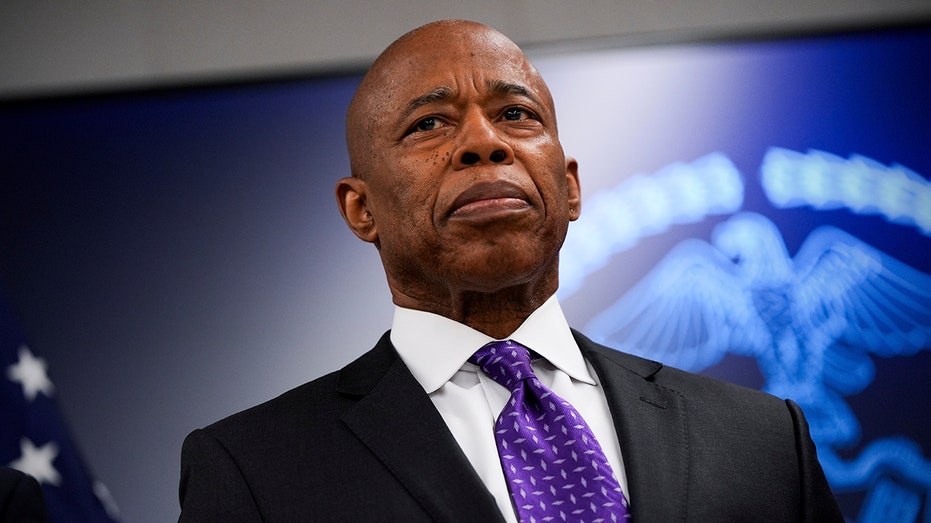New York City Records Lowest Shooting and Murder Rates in History Amid 'Historic Achievements'
NYC records historic low in shootings and murders during first five months of 2024.

New York City has recorded a remarkable drop in violent crime over the first five months of this year, with officials announcing the lowest number of shootings and homicides since modern records began. Between January 1 and May 31, the city documented 264 shootings and 112 homicides, surpassing previous record lows set in 2018 and 2014-2017, respectively. May also marked an unprecedented decrease, with only 54 shootings and 18 homicides—well below prior minimums for that month.
Mayor Eric Adams highlighted these historic numbers as both a milestone in public safety and a testament to his administration’s crime-fighting strategies. "When I took the oath of office as mayor, I made a promise that we would make this city safer and that we would drive down crime," Adams stated. "Today, the numbers prove that we have not just kept that promise — we have exceeded it." He emphasized that these statistics represent not just data points but "thousands of New Yorkers who are alive today and safer today, families who can sleep more soundly at night, and communities that are thriving because they know their city isn’t just coming back from the throes of the pandemic — it is back."
Key to this progress, according to city officials, has been the ongoing crackdown on illegal firearms. Since Adams took office, authorities have removed approximately 22,000 illegal guns from city streets, including an increasing number of so-called "ghost guns." NYPD Commissioner Jessica Tisch reinforced this accomplishment, stating that more than 2,200 illegal weapons have already been seized in 2025 alone.
"Results like this never happen by accident, and certainly not at a time when the state’s criminal justice laws have made a revolving door out of our criminal justice system," Tisch said. She credited the success to "three-plus years of relentlessly going after guns on our streets and a data-driven policing strategy that puts more cops in the right places at the right times."
Adams and Tisch both stressed that these efforts are part of a broader initiative that goes beyond enforcement. The mayor cited the administration’s focus on "upstream solutions" and investment in youth opportunities as essential factors in the city’s public safety improvements. “Preventing crime starts with providing opportunity to the next generation,” he said. "But let’s be clear: we are not even close to done. It’s not enough for New Yorkers to be safer — they must feel safer, too."
The city's broader crime trend also shows promise. A recent overview reported nearly a 3% decline in the overall crime index last year, with sizable reductions in murder, robbery, burglary, grand larceny, and vehicle theft. In addition, the city’s subway system experienced its second straight year of decreased crime, with incidents dropping by 5.4%.
Despite these gains, officials acknowledged ongoing challenges and pledged to intensify efforts as the city heads into the typically busier summer months. “We will not let up. Our summer violence reduction plan is bold and aggressive and designed to continue driving the same historic safety gains,” Tisch affirmed, signaling continued vigilance against any resurgence of gun violence in America’s largest metropolis.




